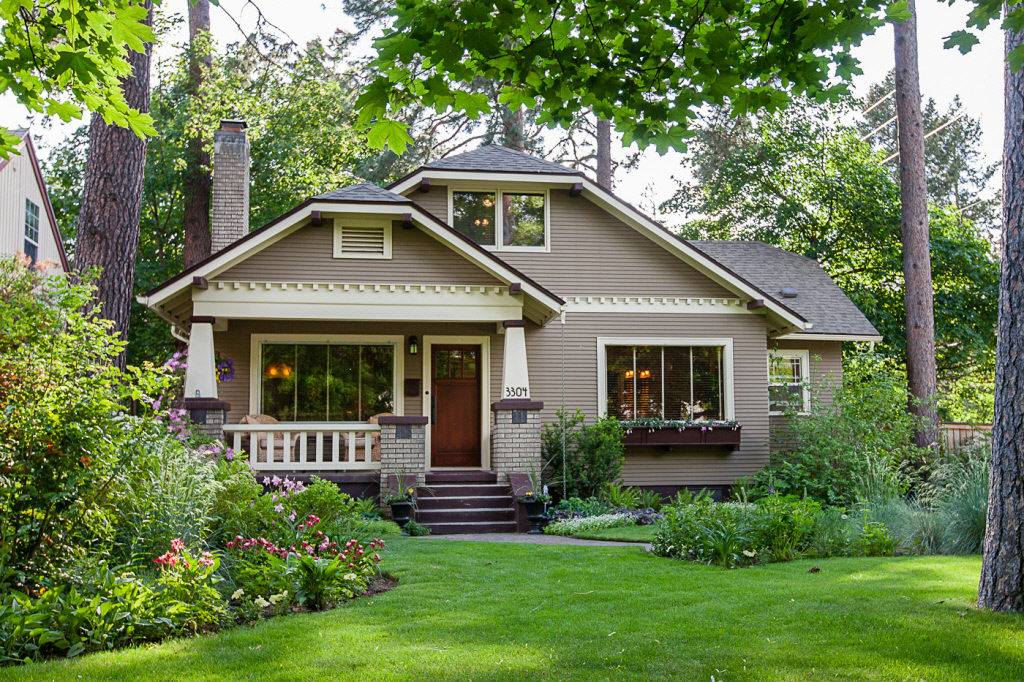
American House Styles – Just the Basics
“What style is my house?” – that’s a question real estate agents, architects, and contractors hear a lot. Figuring out the “correct” American house style is both easier and harder than you might think – easier, because older homes often fall very clearly into one specific style – and harder, because generally, the newer a house is, the more “blurry” the style can be.
Even the pros get it wrong sometimes – myself included – so I rely on a couple of excellent resources to guide me, most notably, “A Field Guide To American Houses” by Virginia Savage McAlester. It’s the bible of American house style and a book you should own if you’re a house nerd like me!
So with the help of the Field Guide and a few other resources, I’ve put together this very brief introduction to the basics of house styles in America. I’ll follow up with more detail on the more popular of these styles in future posts.
Getting Started
American home design from the Colonial period through the late nineteenth century was all about trends and popular tastes. Well-known styles were often “all the rage” for a number of decades until another style replaced it; rarely did more than one or two styles dominate home design at the same time. When a certain style was in vogue, almost every new home was built in that style.
There were roughly five “periods” of American house design: Colonial, Romantic, Victorian, Eclectic, and Modern. When we talk about “Period” homes, we’re referring to homes built during these particular time frames. Most major house styles fall into one of those periods (this is not an exhaustive list):
Colonial Period
- English Colonial (Georgian)
- Dutch Colonial
- French Colonial
- Spanish Colonial
Romantic Period
- Greek Revival
- Gothic Revival
- Italianate
Victorian Period
- Second Empire
- Stick
- Queen Anne
- Shingle
Eclectic Period
- Colonial Revival
- Tudor
- French Eclectic
- Mission
Modern Period
- Prairie
- Craftsman
- Modern Styles
As we start looking at homes there are a few important things you should keep in mind – First, house styles were simple and relatively few until the 20th century; after that it gets a lot more complicated.
Second, there are variations and offshoots of almost every style – many, many more than I’m going to cover in this post.
Finally, the two important characteristics that have the most to do with a house’s style are massing and detailing. Massing is the size and shape of the “boxes” that make up the house; detailing is everything from trim and siding to windows and doors (I’m only dealing with house exteriors in this post).
Let’s begin with America’s Colonial Period.
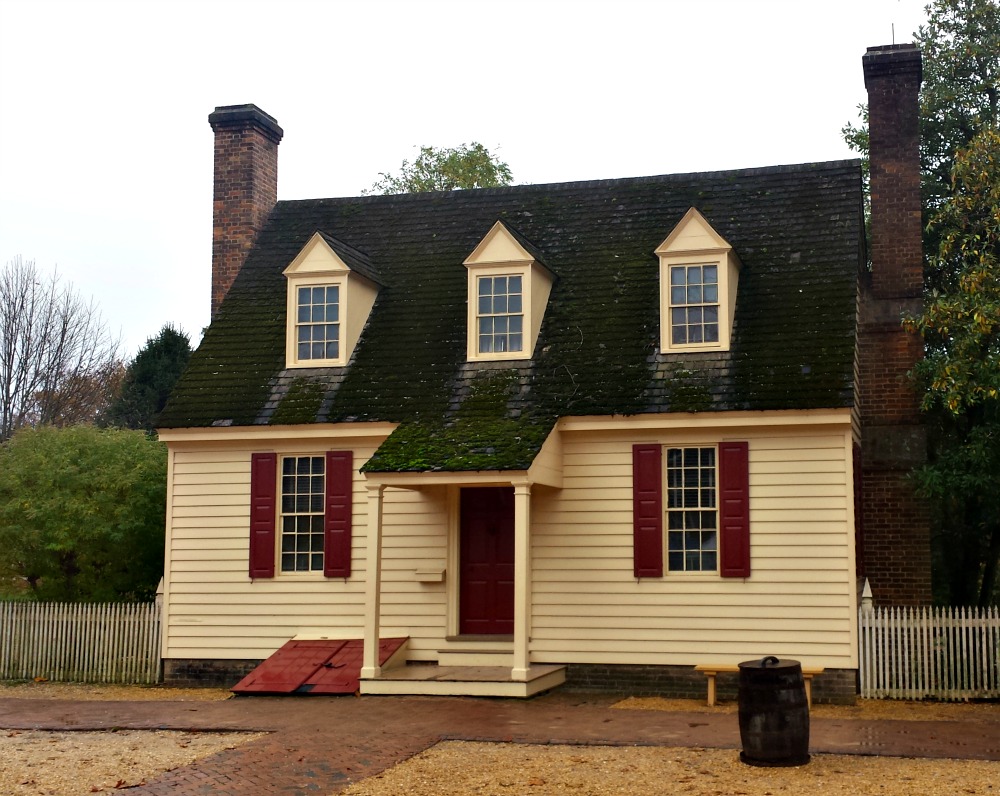
The Colonial Period
The earliest American homes – during our Colonial Period and until the early 1800’s – had very simple massing. The classic Williamsburg Colonial – upon which many hundreds of thousands of American homes are based – is a simple rectangular box.
Colonial homes are typically identified by the nationality of the immigrants that brought the style to America including Dutch Colonial, French Colonial, and Spanish Colonial.
A Colonial home is usually clad in wood siding or brick, and has double-hung windows (the kind that slide up and down).
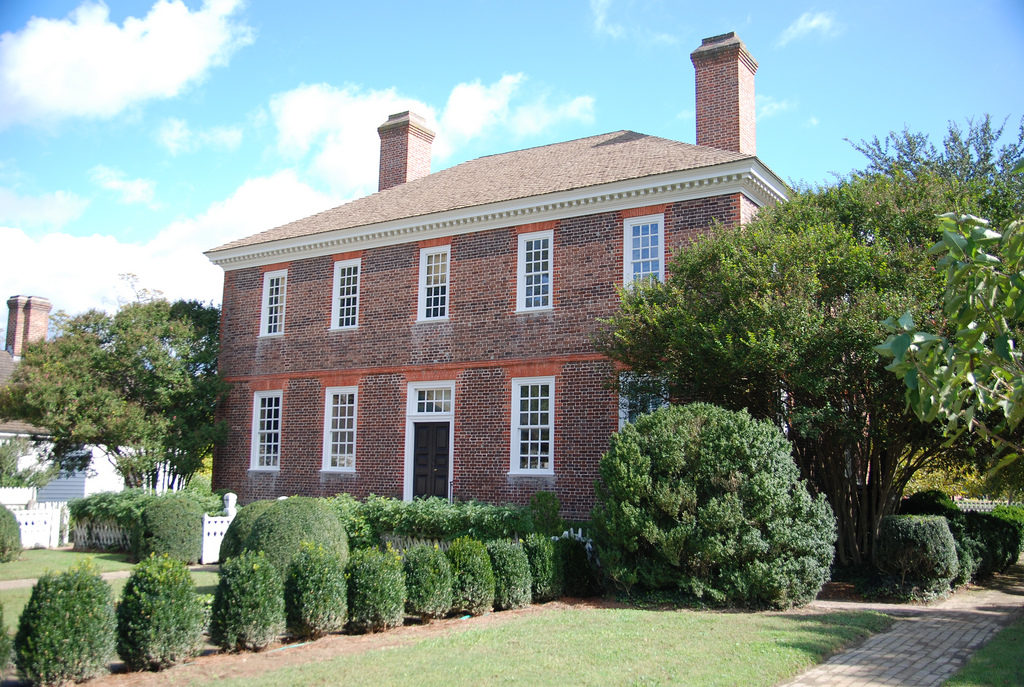
Colonial homes were based on simple European models and typically had pretty simple details. The English Georgian style – a simple two-story brick box with symmetrical windows and a centered door – is a well-known example.
The Romantic Period
After gaining independence, American Architects began exploring the world, looking to break from English architectural traditions. Returning home with new ideas about style, they began designing houses based on what they’d seen in classical Italy, Greece, and the great cities of Europe. The most popular of those “Romantic” styles were Greek Revival, Gothic Revival, and Italianate.

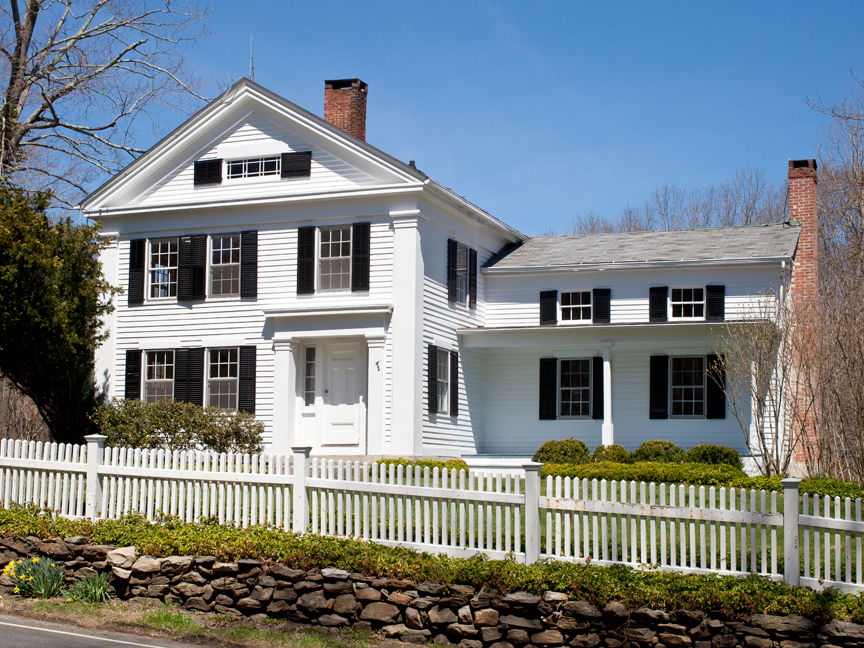
Greek Revival was the first Romantic style, lasting from 1825 to around 1860. Greek Revival homes have very simple forms, often just a single rectangular block. Greek Revival homes were often two stories, but one story homes are common, too. Taking cues from Greek temples, builders added a front porch with massive columns, and a very heavy cornice line at the roof. A large, front-facing pediment is a classic Greek Revival feature.
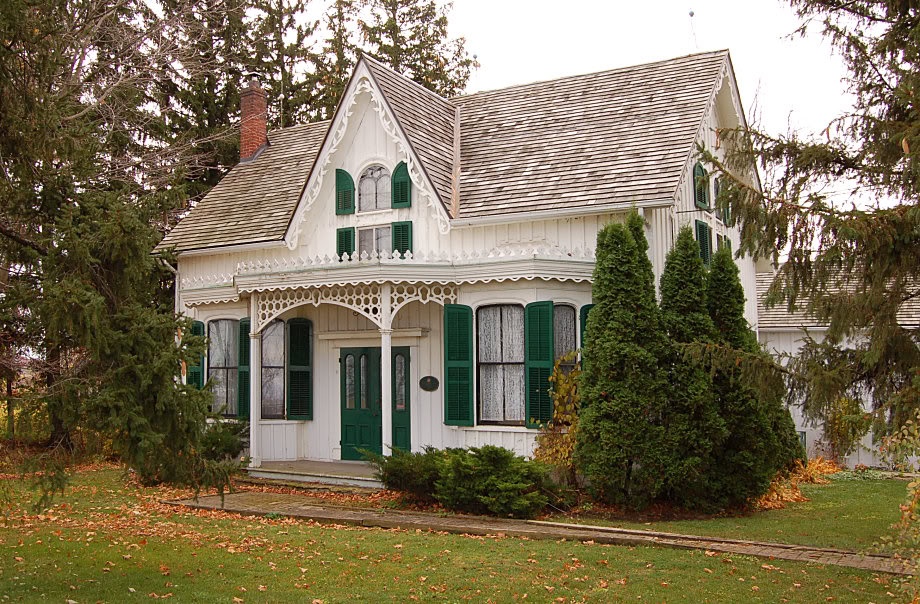
Gothic Revival is an elaborate style that was popularized in America through several widely-published pattern books between 1840 and 1880. Most Gothic Revival homes were built outside of cities, since the steep gables and delicate wood detailing weren’t suited for small urban lots.
Gothic revival homes are typically simple box forms with very steep roofs, front-facing gables with highly-decorated “vergeboards”, and a large, elaborately-detailed front porch. Fancy window trim is also typical of this style.
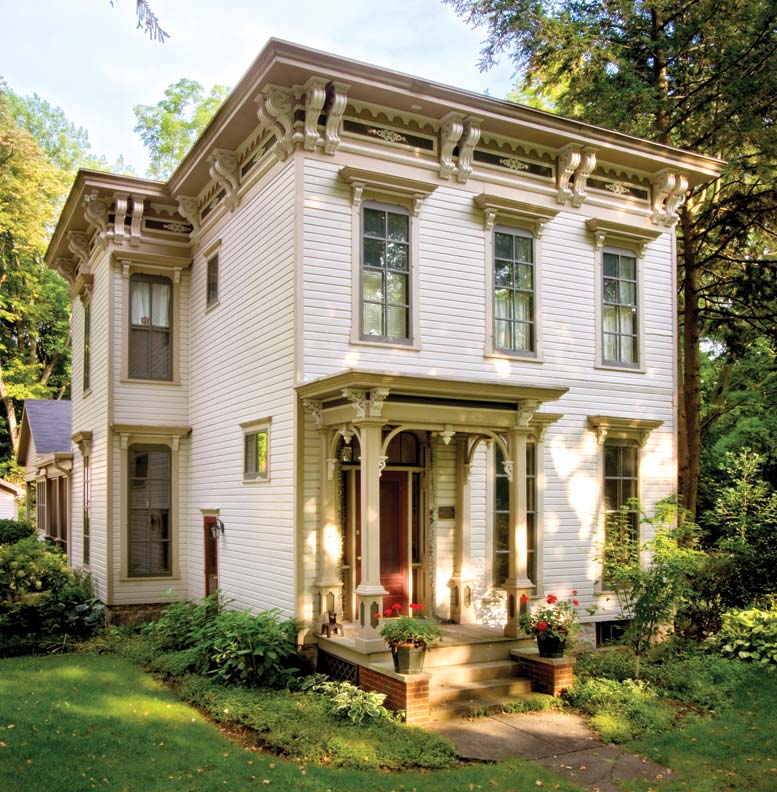
Italianate styled homes emphasize the vertical and are almost always very elaborately decorated. Italianate style overlapped the Greek Revival, lasting from 1840 to 1885. The cornice line at the roof of an Italianate is notable for wide overhangs and large scrollwork brackets, and the windows are often crowned with ornately carved headers.
The Victorian Period
“Victorian” refers to a group of styles popular in America between 1860 and 1900 that was made possible in part by the invention of new framing techniques and easy access to lightweight framing materials. The most common Victorian styles are Second Empire, Queen Anne, and Shingle.
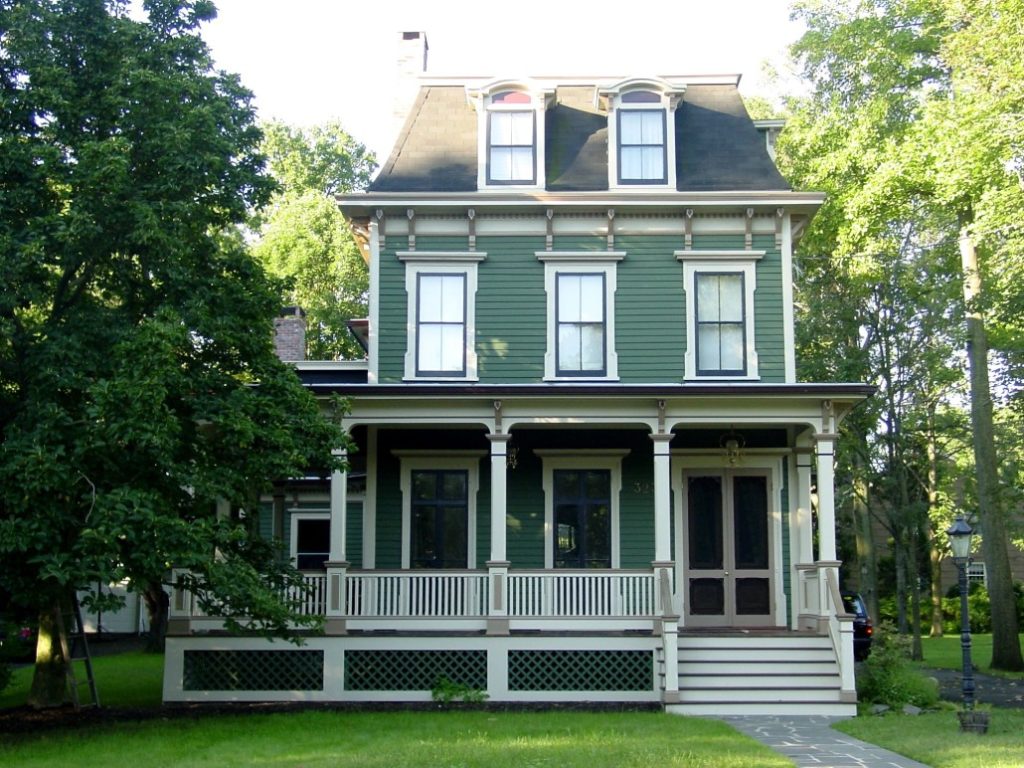
For some reason, Second Empire style (1855 to 1885) became a popular choice for haunted houses in movies and TV, including the TV home of The Munsters.
The name “Second Empire” refers to the years when Napoleon III ruled France. The unique “Mansard” roof was all the rage in Paris at the time, and quickly spread through England to the United States. One reason for the style’s popularity was the extra story of space the boxy Mansard roof provided. Second Empire homes are sometimes called “Mansard” style.
Many Second Empire homes share massing and details with the earlier Italianate style – but if it has a Mansard roof, it’s Second Empire.
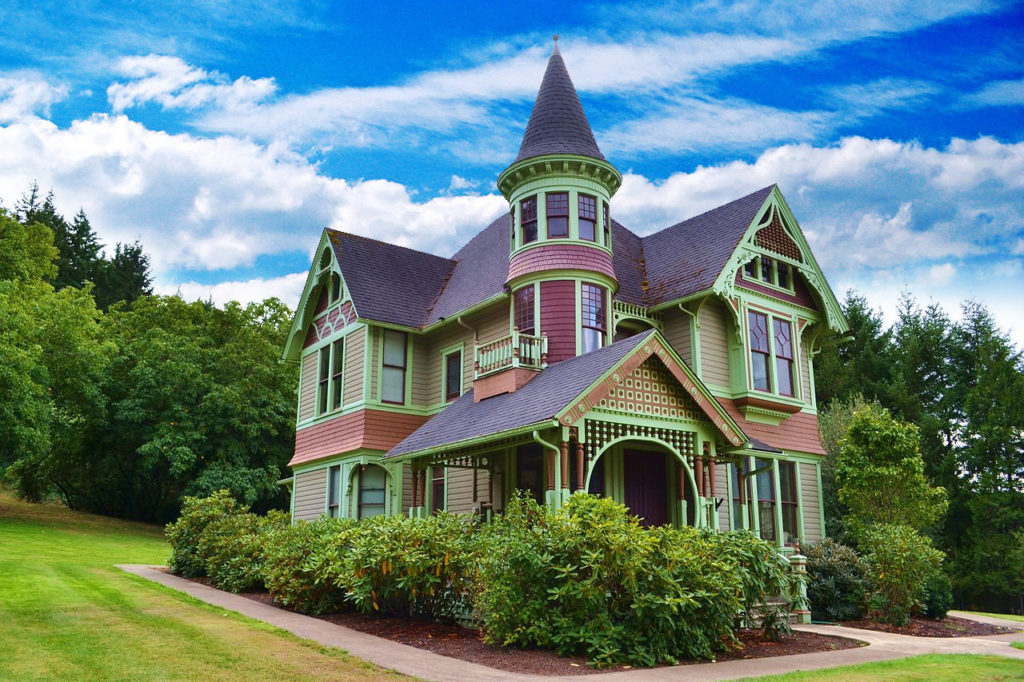
Queen Anne is by far the most common Victorian style and is typically characterized by an irregular shape, a steeply pitched roof, elaborately carved details, and large porch. A tall turret is a classic feature on larger Queen Anne homes.
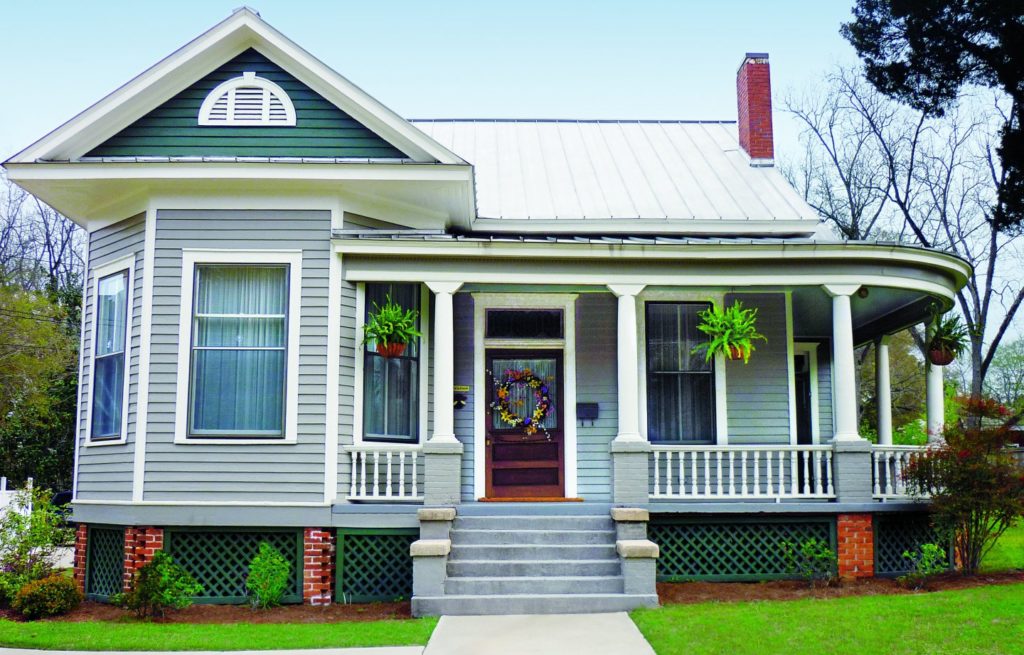
Queen Annes are best known for their multi-hued color schemes and complex siding and trim details. Some of these more brilliantly-colored houses are known as “painted ladies”.
But the style also applies to much less complex homes, even one-story homes – what makes a house a Queen Anne is the irregular, asymmetrical massing and usually, a large front-facing gable. Queen Anne style was in vogue between 1880 and 1910.
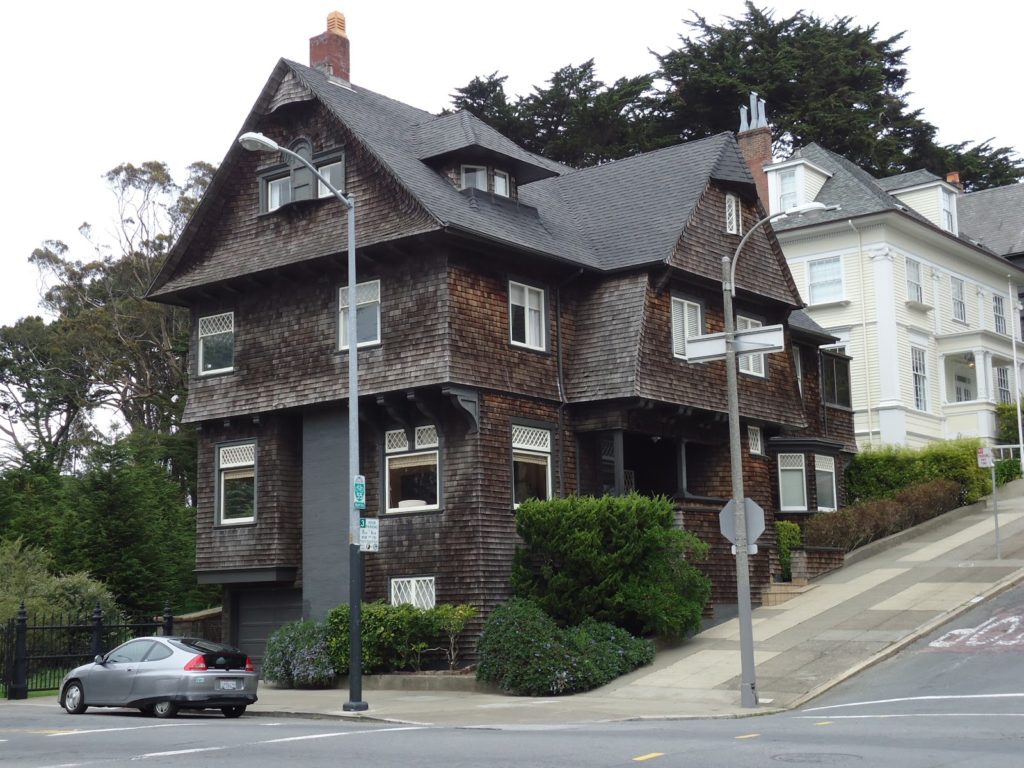
Shingle style is uniquely American in origin, and was one of the first styles to be embraced by society Architects of the late 1800s. Shingle style homes are often similar in massing to the Queen Anne style, but as the name suggests, used wood shingle siding as exterior cladding. Wrapping the wall shingles around corners is a classic Shingle detail.
In many ways, Shingle homes are the opposite of Queen Anne – where Queen Anne homes have heavy, elaborate window trim and cornerboards, Shingle homes have none. Where Queen Anne homes are multi-colored, Shingle homes are often monochromatic. Shingle was popular at the same time as Queen Anne, between 1880 and 1910.
The Eclectic Period
In the late 19th and early 20th century, Architects began returning to classic historical styles for inspiration. There were a lot of Eclectic period styles including Colonial Revival; Tudor Revival; French Eclectic; and Mission.
Colonial Revival was an “eclectic” style that’s often mistaken for many other styles. Colonial Revivals aren’t copies of original Colonials; rather they’re liberal interpretations of all shapes and sizes, using Colonial details and elements for inspiration. The Colonial Revival style was popular between 1880 and 1955 and almost always has a front porch, a detailed cornice line, double hung windows, and symmetrical massing.
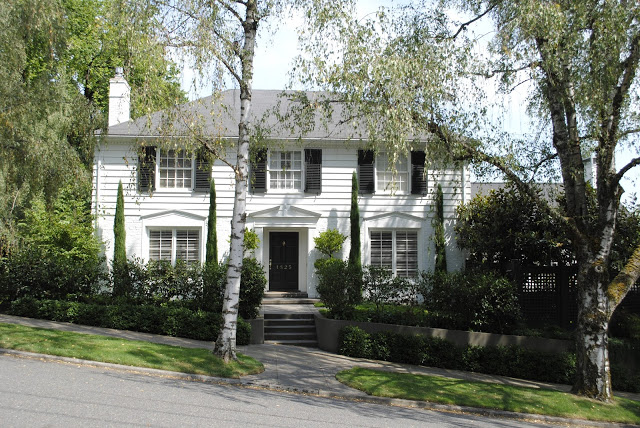
The photo above from A House Mouse shows an easily-identifiable Colonial Revival house – the basic form of a “Colonial” box is obvious – but the photo below is also considered Colonial Revival style. (Remember when I said things get more complicated in the 20th century?) More about that in a future post!
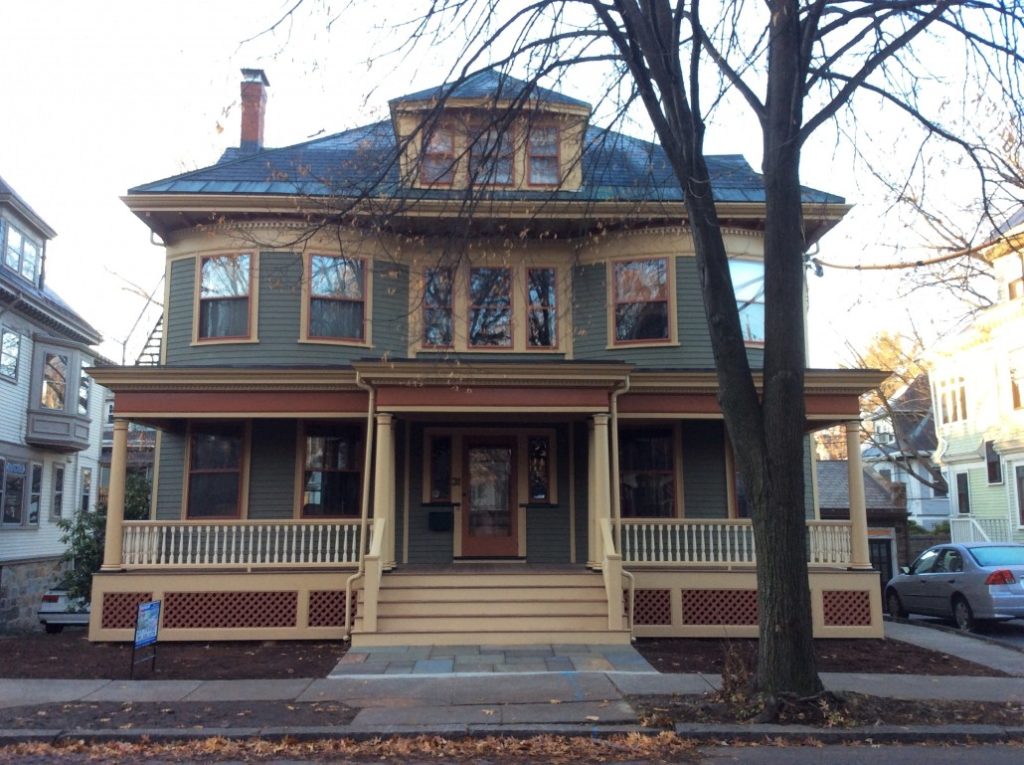
English Tudor Revival (1890 – 1940) is a very free-form style, usually asymmetrical, and always with very steeply pitched roofs. A wide variety of materials is typical on the outside, although the best-known examples include some “half-timbering” – areas of stucco or brick broken up with wood timbers. The entry of a Tudor home is often modest but heavy, and windows are broken up with many small panes.
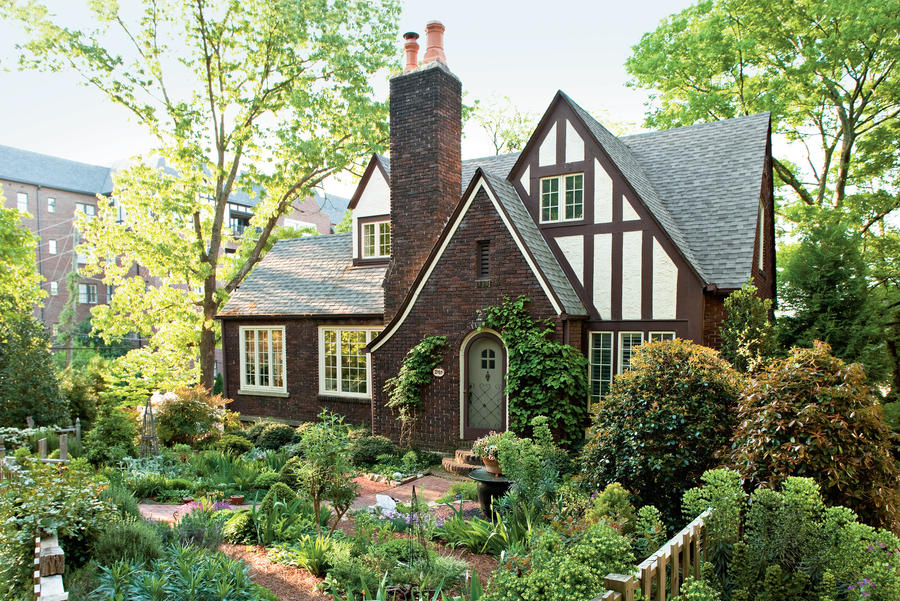
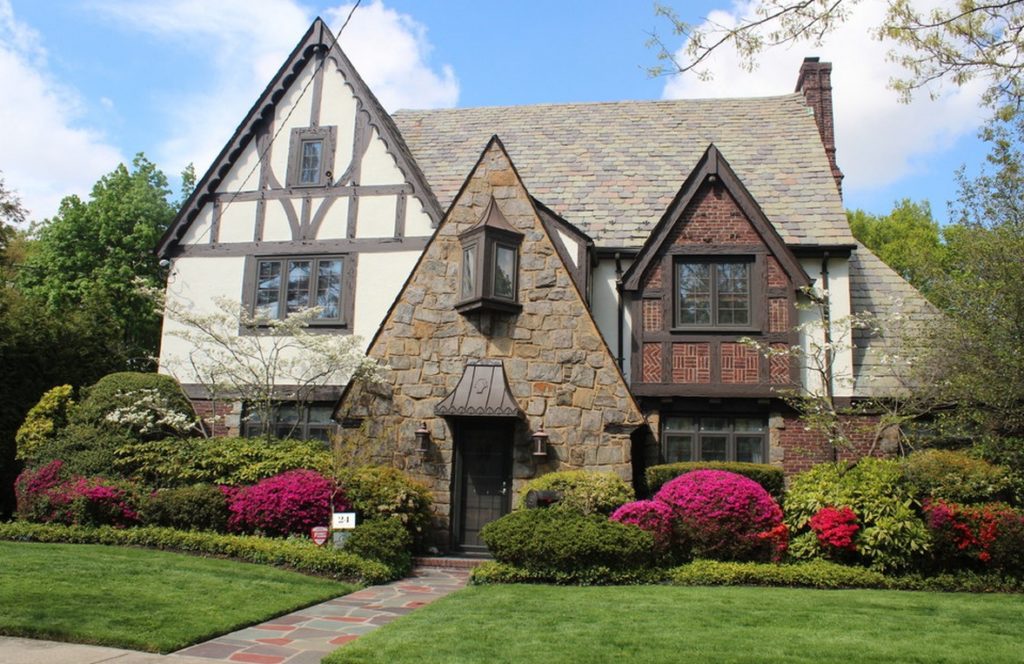
French Eclectic
American soldiers returning from France after World War I had seen a wide variety of houses in the French countryside, especially those in the regions of Normandy and Brittany. Their experience, along with widely-publicized photographs of modest French homes, brought the style to America between 1915 and 1945.
The characteristics of French Eclectic homes vary widely – some are hard to tell from English Tudor homes – but a tall, steeply-pitched hip roof is common. Unlike Tudor, French Eclectic is a relatively symmetrical style, and was very popular in the early suburbs.
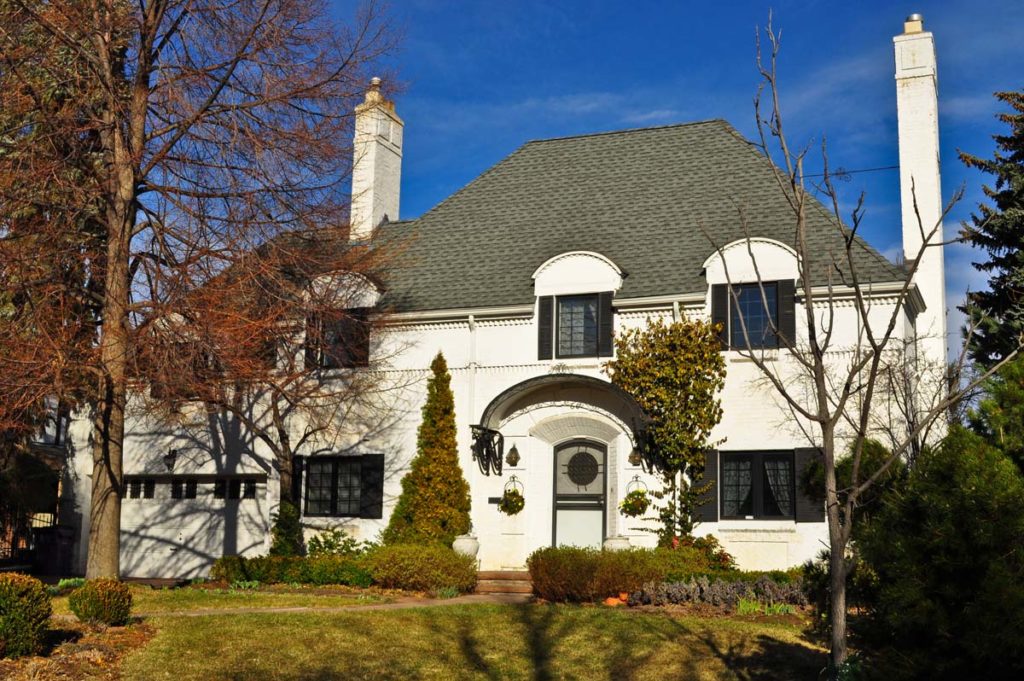
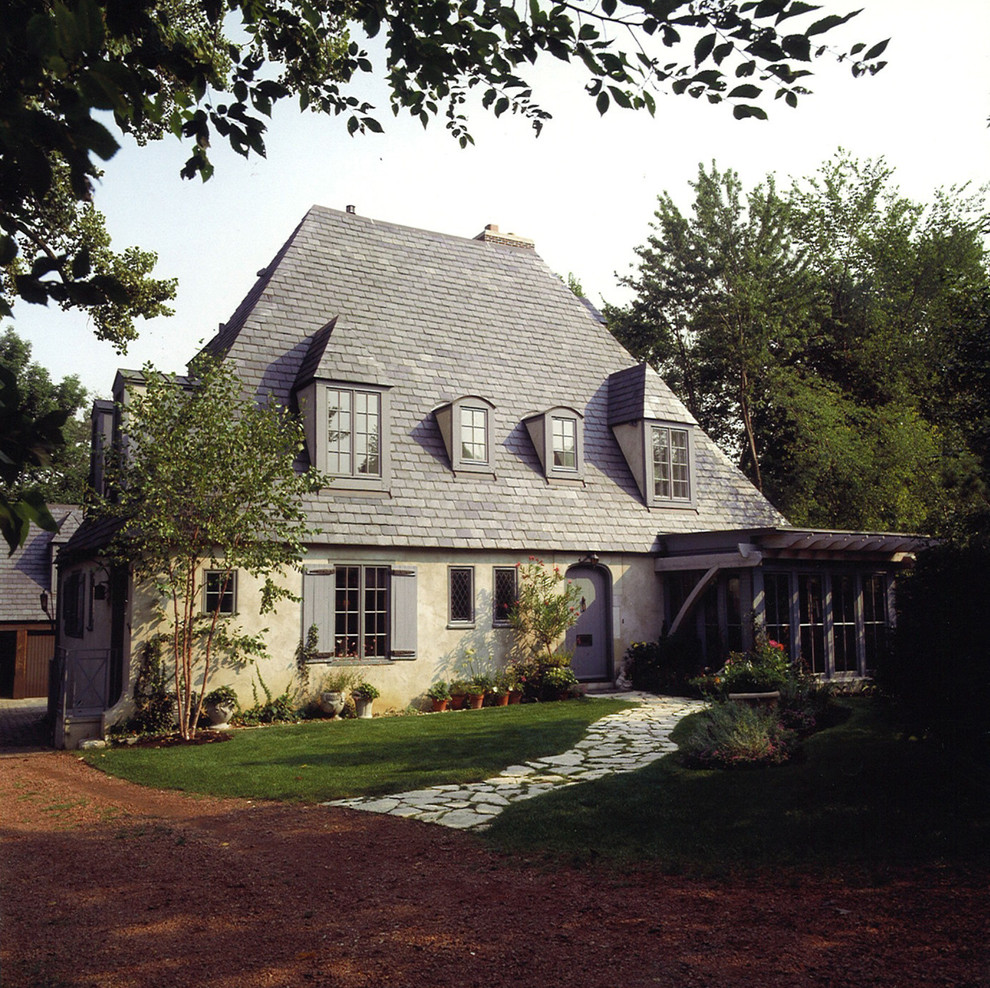
French Eclectic homes are often clad in stucco, but there are also many stone, brick, and mixtures of all three. Windows in French Eclectic homes are usually tall narrow casements, and sometime second floor windows “break through” the roof edge. Tall, narrow dormers are common, too.
Mission
Mission style was popular in the western states at about the same time that Colonial Revival was popular in the east. As an Eclectic style it borrowed bits and pieces from many sources in addition to inspiration from Hispanic Missions in the southwest. Most Mission-style homes were built out west, although here and there you’ll find one in a Midwestern neighborhood.
Mission homes are most easily identified by their shaped dormers or shaped roof parapets. Most originally had red tile roofs.
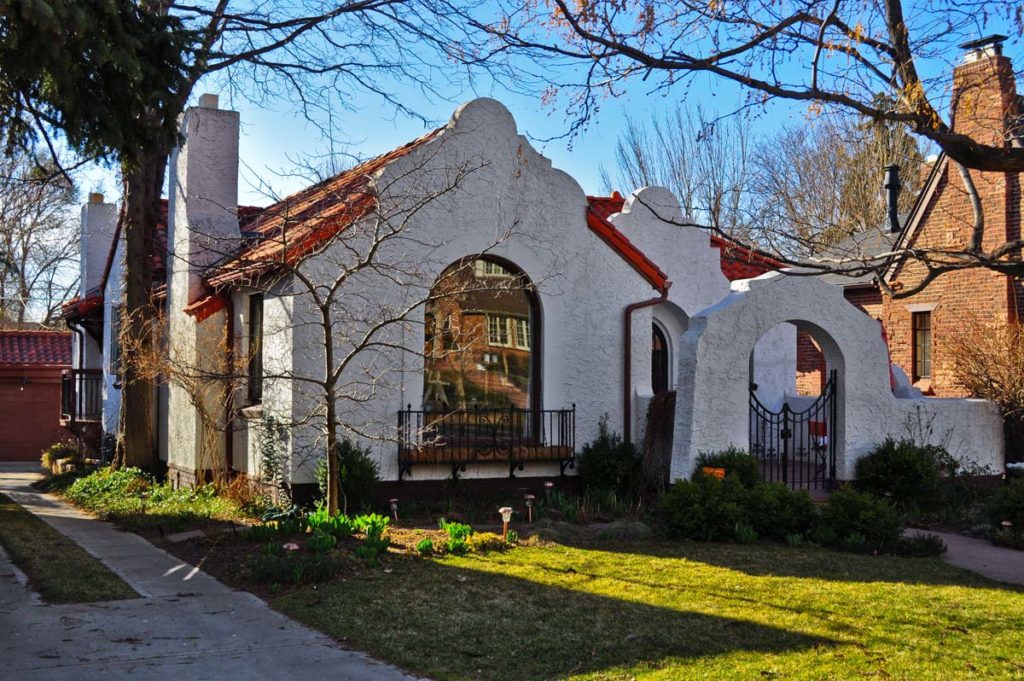
The Modern Period
In the first half of the 20th century American Architects began developing their own new home styles instead of relying on classical and European models for inspiration. In this context, “modern” means breaking from historical inspiration, not necessarily “contemporary”. Major house styles from this period include Prairie, Craftsman, and a bunch of other we’ll lump together under “Modern” styles.
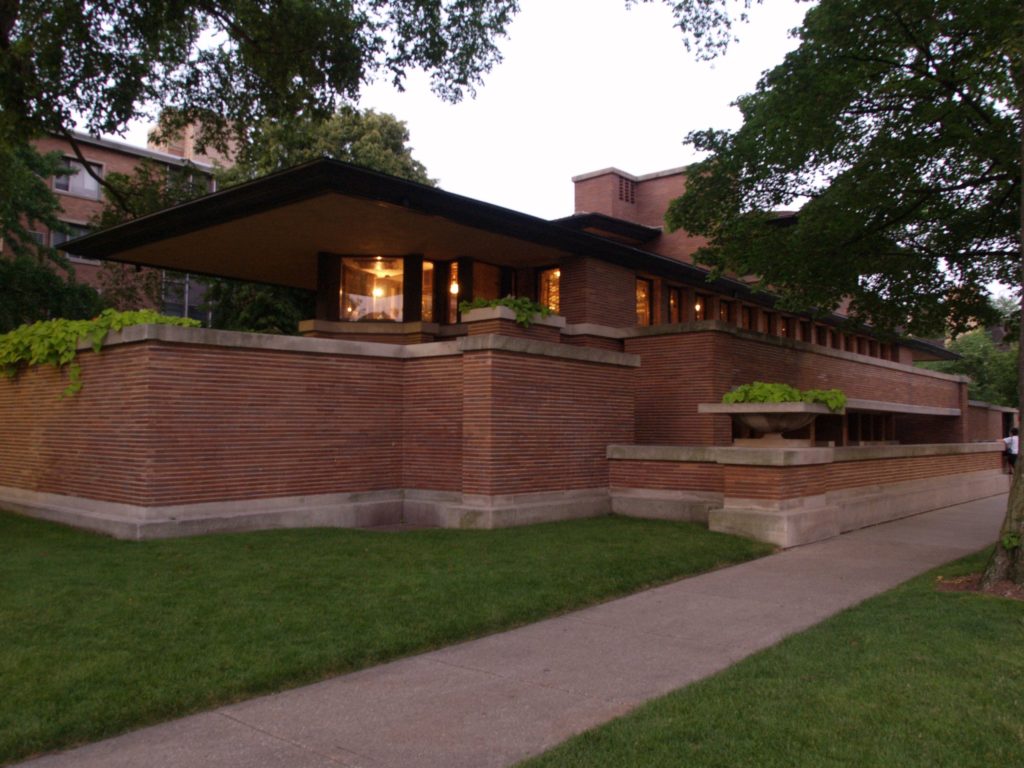
Among the more notable American styles is Prairie, popularized by Frank Lloyd Wright but practiced in various forms throughout the country. Prairie homes are typically long and low with deep roof overhangs. Porches are common and usually supported by massive columns.
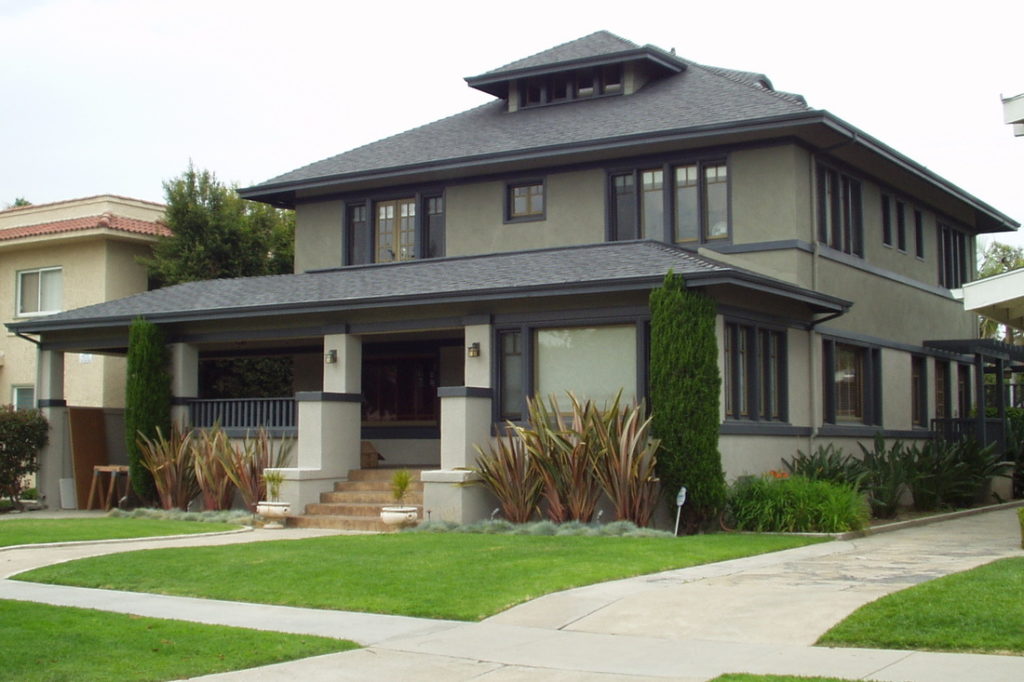
Like other 20th century styles, Prairie took a number of different forms. The horizontal banding and deep overhangs help identify the house in the the photo above as Prairie. Prairie style wasn’t in fashion long (1900 to 1920) but later, it had a huge influence on hundreds of thousands of “ranch” homes across the country.
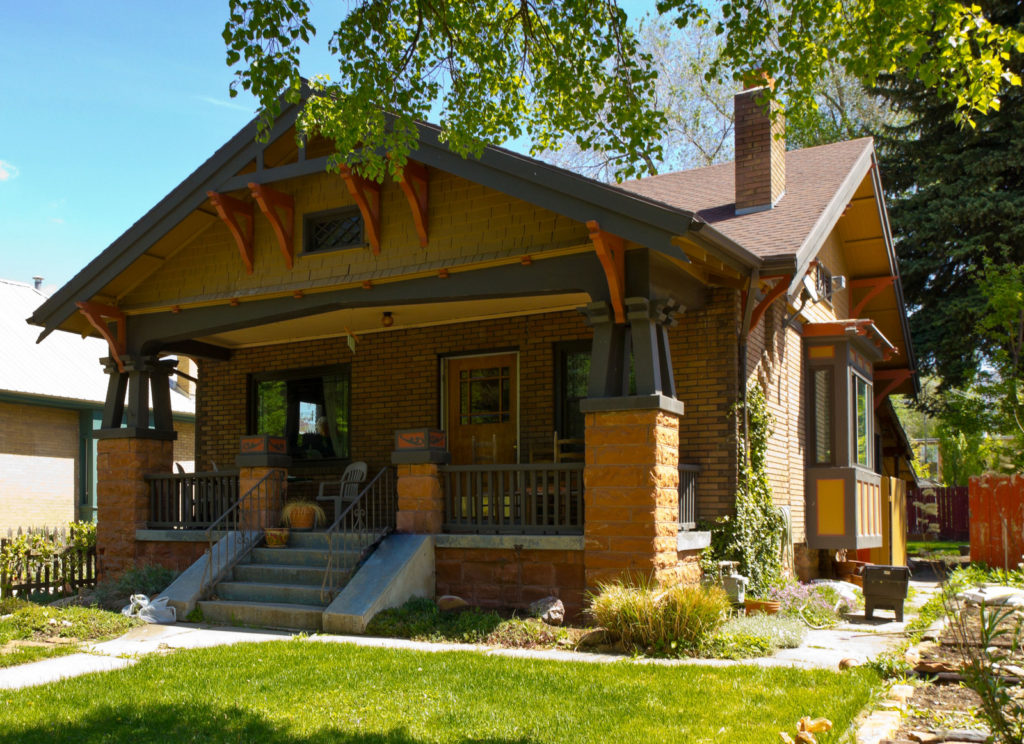
Craftsman style, an offshoot of the Arts and Crafts movement, began in California around 1900 and quickly became the preferred style for small homes across the country until about 1930. Small Craftsman homes are often called Bungalows and are characterized by low-pitched gabled roofs with wide overhangs. Details such as beams and brackets are very common.
A true Craftsman home has a “hand-crafted” look that continues throughout the interior. Low-pitched gable roofs, deep overhangs, and brackets are all common features of Craftsman homes.
Modern Styles
European architects staged a comeback in the United States in 1920, when the first Art Deco building in America won second prize in a Chicago Tribune design competition. Art Deco, Art Moderne, and the International Style were all helped along by the “streamlined” industrial design themes of 1930s America.
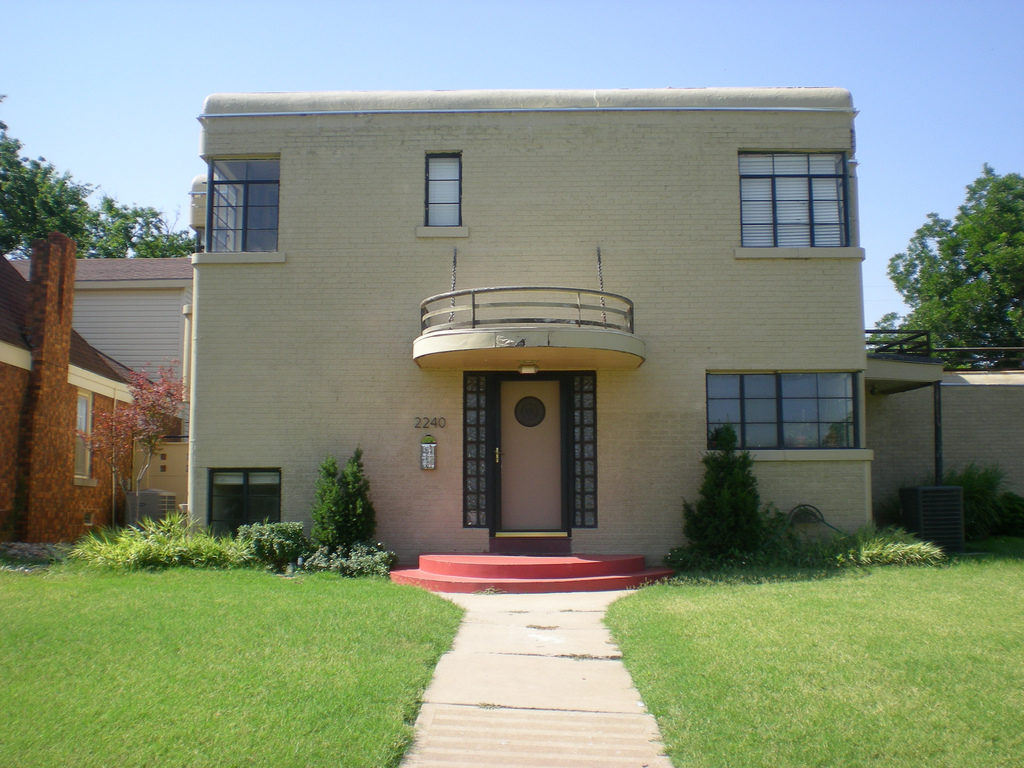
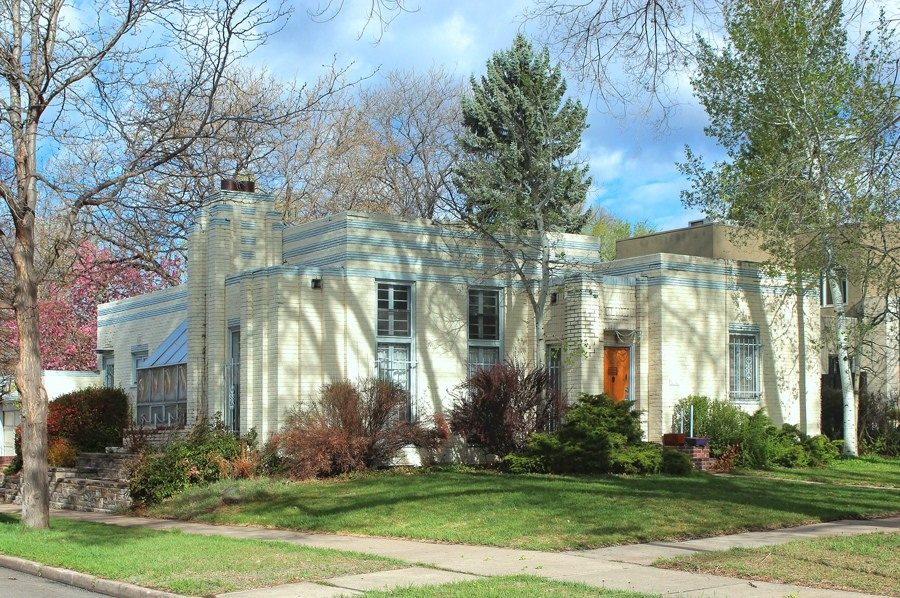
Home Styles Today
The majority of the houses I’ve written about in this post were built before 1940. Houses before then were built one at a time, mostly with hand tools. Home designers and builders had relatively few architectural styles to choose from, but they knew those styles well.
That all changed after World War II, when hundreds of thousands of young American men returned home to a country that had just become a world power. Suddenly, with a booming economy, thousands of new homes were needed – fast.
To keep up with demand, builders cut back on the details and massing that made pre-1940 homes charming and interesting, but added to the cost. Mass-production had come to home building.
1940 was more or less the end of the American home style “periods”. Families moved further from the city centers into the outer suburbs, and the lovely “styled” homes of the inner-ring neighborhoods were mostly forgotten. The knowledge of home style of generations of carpenters, craftsmen, and designers slowly faded away.
As American wealth grew throughout the 20th century, builders began making houses more elaborate and showy, and again turned to “period” styles for inspiration. And while some successfully resurrected those styles, many others were not. Large, new homes that imitate styles poorly led to the coining of the term “McMansion”.
But many Americans are rediscovering period houses, as empty-nesters and young couples move back to the city center, restoring pre-1940 homes by the thousands. Some of those older homes sparked an interest in building new homes in period styles – an early 21st-century surge in Craftsman-styled homes is one example.
Figuring Out Your Home’s Style
Most homes, new or old, contain at least a few recognizable elements of an identifiable style, and identifying those elements is the key to figuring out American house styles. That task is a little easier for pre-1940 homes, especially when you can put a date on the house.
After 1940, “styled” homes in the outer suburbs paid less attention to that style’s “rules”, leading to a lot of confusion about what style the home really is.
That doesn’t mean there weren’t plenty of well-designed newer homes built after 1940 – there are many – but figuring out the style is a bit trickier, and sometimes, subject to interpretation.
I’ll be going into more detail on individual home styles in upcoming posts, so you can better understand the style of your home and it’s place in American home building history.



Nice summary! I’d love it if someone would update the Field Guide in a larger format, with some nice color photos to compliment the sketches and black and whites. And I’d also love to see the evolution of the floor plans associated with the different styles. Or maybe an app instead of a book…
Thanks Hallie – I’m guessing Virginia is done with the Field Guide, so you’re right, it would have to be “someone” – probably not her! I don’t know about an app though…there’s something about getting lost leafing through the dog-eared pages of that book that I find appealing!
What style is the house that is the header for this post?
Kelly – that’s a Craftsman Bungalow, although it looks like it’s had a few modifications over time. Still a cutie though!
Hi! I have a house similar to the one in the header, but I don’t know how to describe the way the roof peaks at the top… is there a specific name for it?
Hi Krista – I think you’re referring to a “bullnose” gable. I’ve also heard it called a “California” gable or a “clipped” gable.
I love working on historic homes. Painting them makes me feel like I’m restoring something that will last years.
As someone who appreciates historical homes, I love how the post highlights the distinct characteristics of each period and style. It’s fascinating to learn about the influences and trends that shaped American housing. I can’t wait to read the upcoming posts to delve deeper into specific styles and understand the architectural history of my own home!